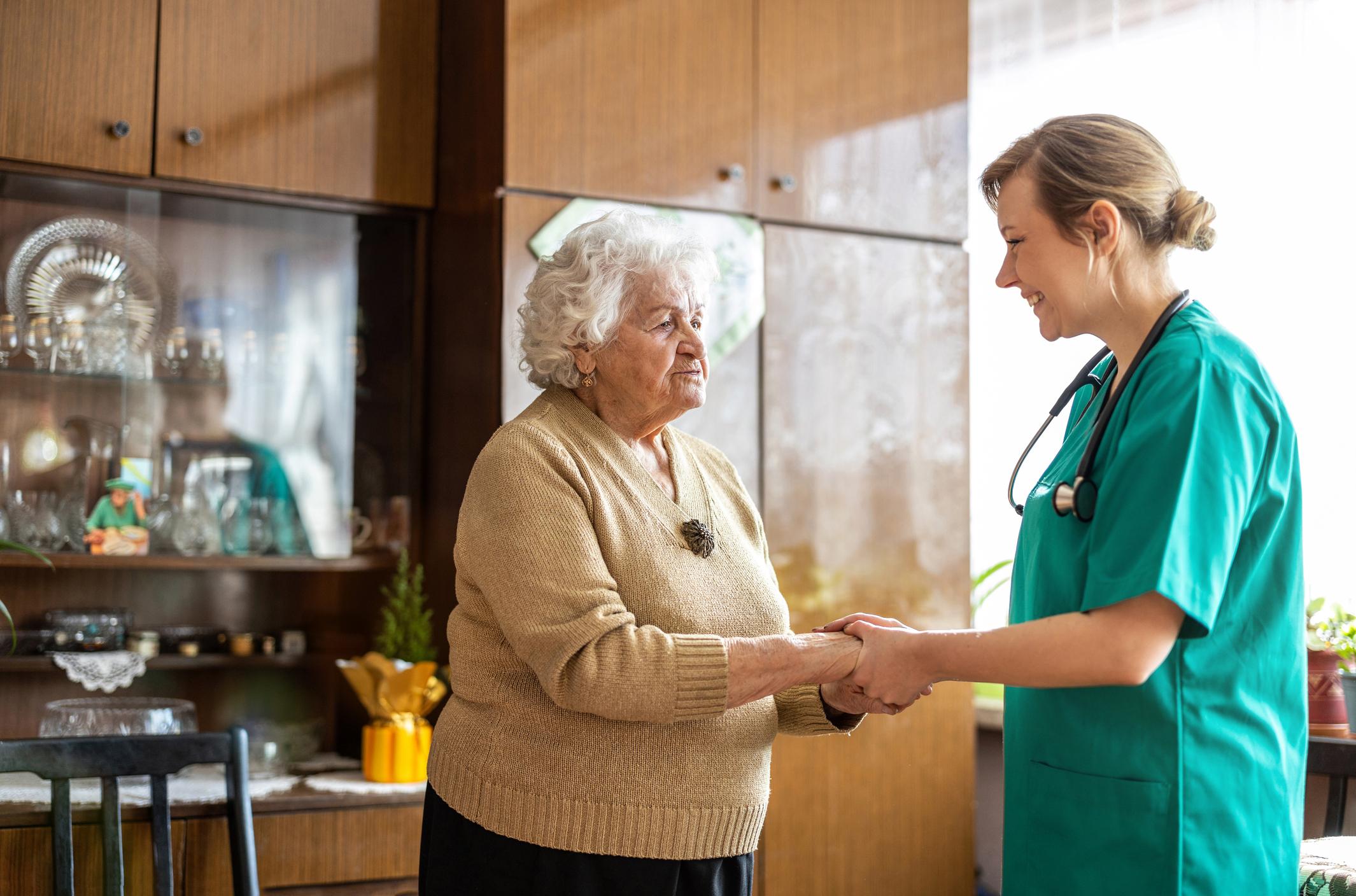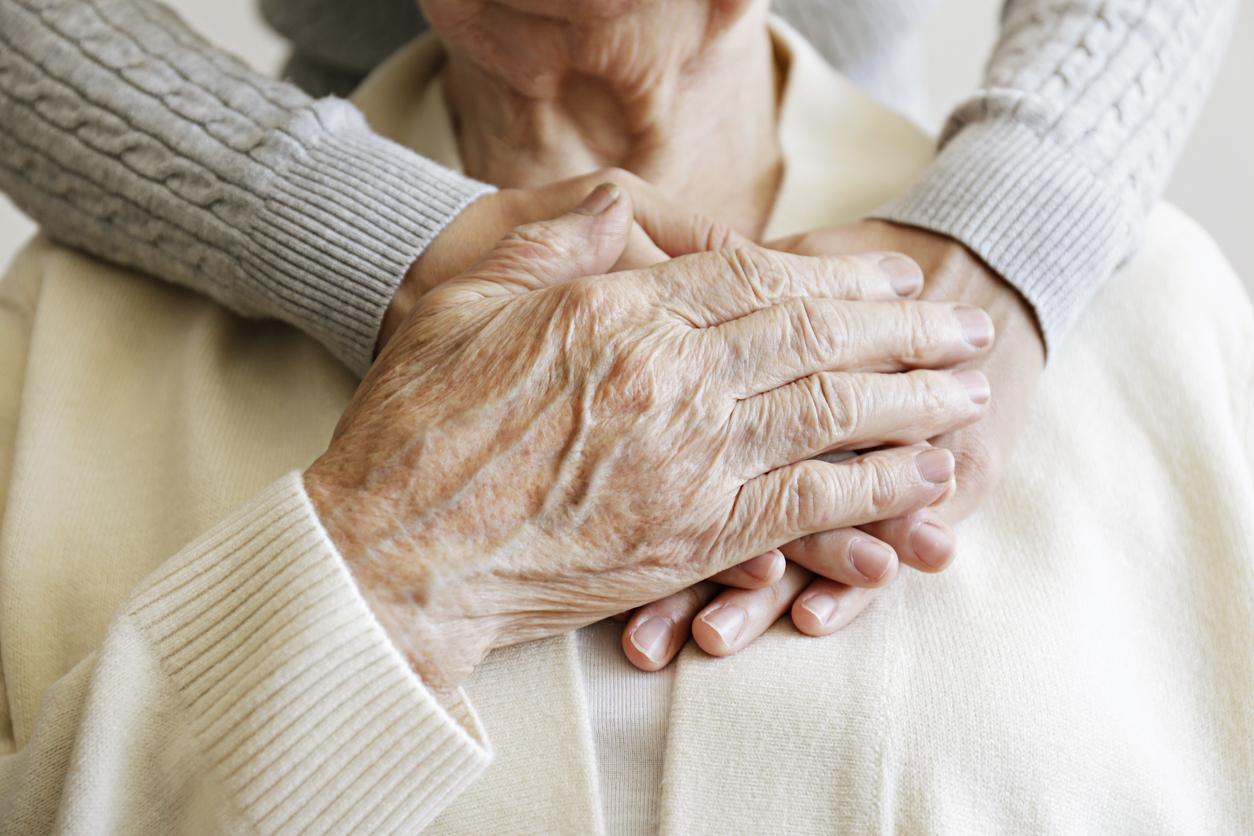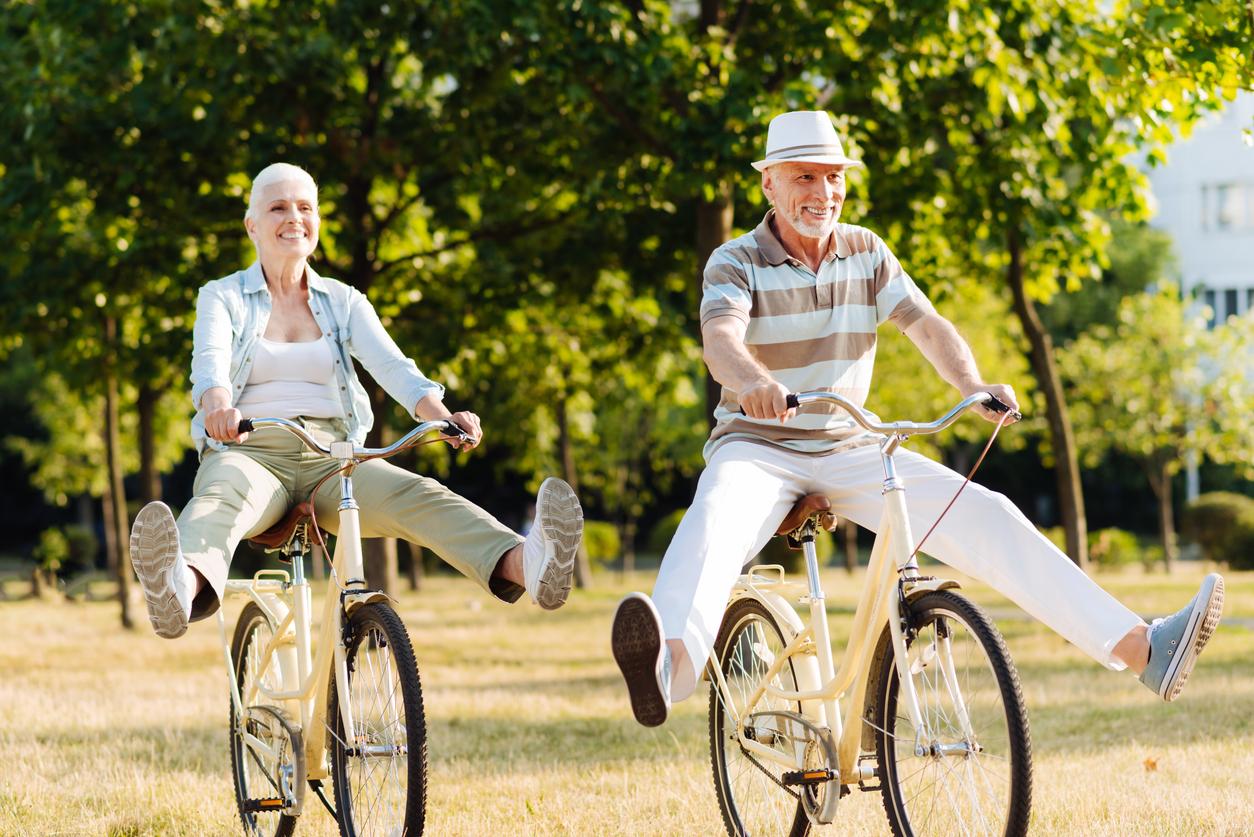The characteristics of the community in which an individual lives would count for a lot in his lifespan.

- Solidarity within a social group has an impact on life expectancy
- Other factors such as diet or lifestyle play a big role in longevity
Longevity is a subject that fascinates researchers. Yet, while most are primarily interested in personal factors that can affect an individual’s life expectancy, the community also has a role to play, reveals a new study published in the journal Social Science & Medicine.
For their study, the researchers relied on data from 3,000 US counties, examining changes in life expectancy between 1980 and 2014. They developed a statistical methodology to take into account the different factors that can affect the life expectancy in an attempt to paint as accurate a picture as possible of the effect of community characteristics alone.
“When we controlled for historical life expectancy, we found three community factors that each have a significant negative effect — more quick-service restaurants, higher population density, and a higher share of jobs in mining, quarrying and oil and gas extraction”note the scientists.
The importance of social cohesion
On the other hand, better access to care and high levels of social cohesion are associated with longer life expectancy. “Places where residents stick together more at the community or social level also seem better […] helping people, in general, to live longer”explains Stephan Groatz, professor of agricultural and regional economics at Penn State College (USA), and co-author of the study.
In the United States, while life expectancy is expected to increase in absolute terms over the next 40 years, the pace should be much slower than in other countries, experts believe. If these forecasts are correct, the country should fall 21 places in the world ranking of life expectancy, falling from their 43and to their 64and current place. In addition, large disparities are observed between the different regions.
“American life expectancy recently declined for the first time in decades, and we wanted to explore the factors contributing to this decline. Because of regional variations in life expectancy, we knew community factors had to matter. By analyzing location-related factors alongside personal factors, we were able to draw several conclusions about which community characteristics contribute most strongly to this variation in life expectancy.comments Dr. Elizabeth Dobis, lead author of this study.
Set policies accordingly
In conclusion, the researchers hope that the authorities will take these results into account and adapt their policies accordingly. Policy makers must understand the drivers of declines in life expectancy, at the individual and community level, if they are to prevent its continued decline, they say.
However, this study has some limitations. Indeed, while it establishes clear associations between community characteristics and life expectancy, it is not yet clear why or how these affect longevity, or how they might interact with other factors.
Many factors at play
Countless things can come into play. In particular, it has been proven that women generally live longer than men because of their chromosomes. Recently, scientists have also discovered genetic biomarkers to explain the longevity of some while others believe in the benefits of optimism above all else.
It has also been shown time and time again that lifestyle plays a huge role in lifespan. In the blue zones, i.e. regions of the world where there is a record rate of nonagenarians and centenarians in excellent health (Barbagia in Sardinia, the Okinawa archipelago in Japan, the Nicoya peninsula in Costa Rica, the island of Ikaria in Greece and Loma Linda in California), people tend to eat little meat and lots of home-grown vegetables. Physical activity would also count for a lot in the exceptional longevity of the inhabitants of these places, as well as strong social ties, low exposure to pollution and of course, no alcohol or tobacco abuse.

















